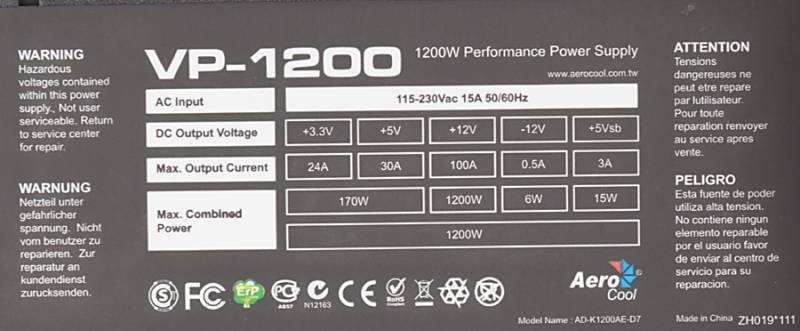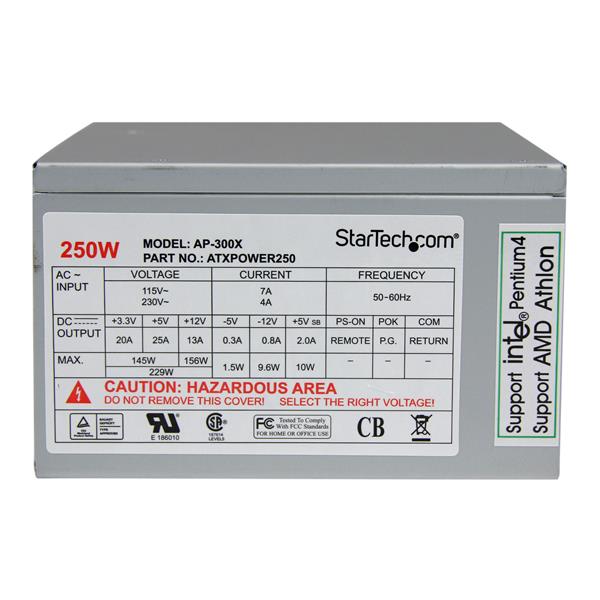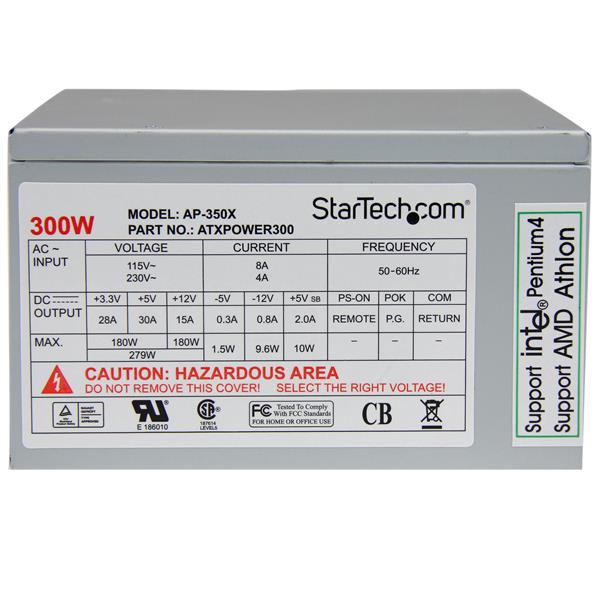AllUrBaseRBelong2Us wrote:It just occurred to me that the random reboots I got on my dual pentium 3 system were probably PSU related, rather than memory related, as I initially thought. That machine has a new EVGA 430W PSU, which is only 15A on the 5V. Two 700MHz Pentium 3's could draw upwards of 70W, or 14A ...
Problem with group-regulated modern PSUs is not only that the +5V rectifier is relatively undersized, but also that the whole PSU is designed for the heavier +12V loads and lighter +5V loads of modern systems.
When confronted with the opposite situation (lighter +12V and heavier +5V loads, like in a venerable Athlon XP system), in a typical unexpensive group-regulated PSU like the Corsair CX430 V2 the +5V voltage regulation gets FUBAR:

https://www.techpowerup.com/reviews/Corsair/CX430_V2/5.html
^ In the 'Crossload 1' test +5V drops below ATX spec. Ouch ouch. 😵
Higher quality (and more expensive) modern PSUs like the Seasonic S12G 450W (SSR-450RT), with DC-DC conversion and semi-synchronous rectification for the minor rails (as opposed to group-regulation) can handle the light +12V load / heavy +5V load scenario much better, without voltage sag in the 'Crossload 1' test:

http://www.techpowerup.com/reviews/Seasonic/SSR-450RT/5.html
But the +5V rail is still relatively weak at 20A tops.






